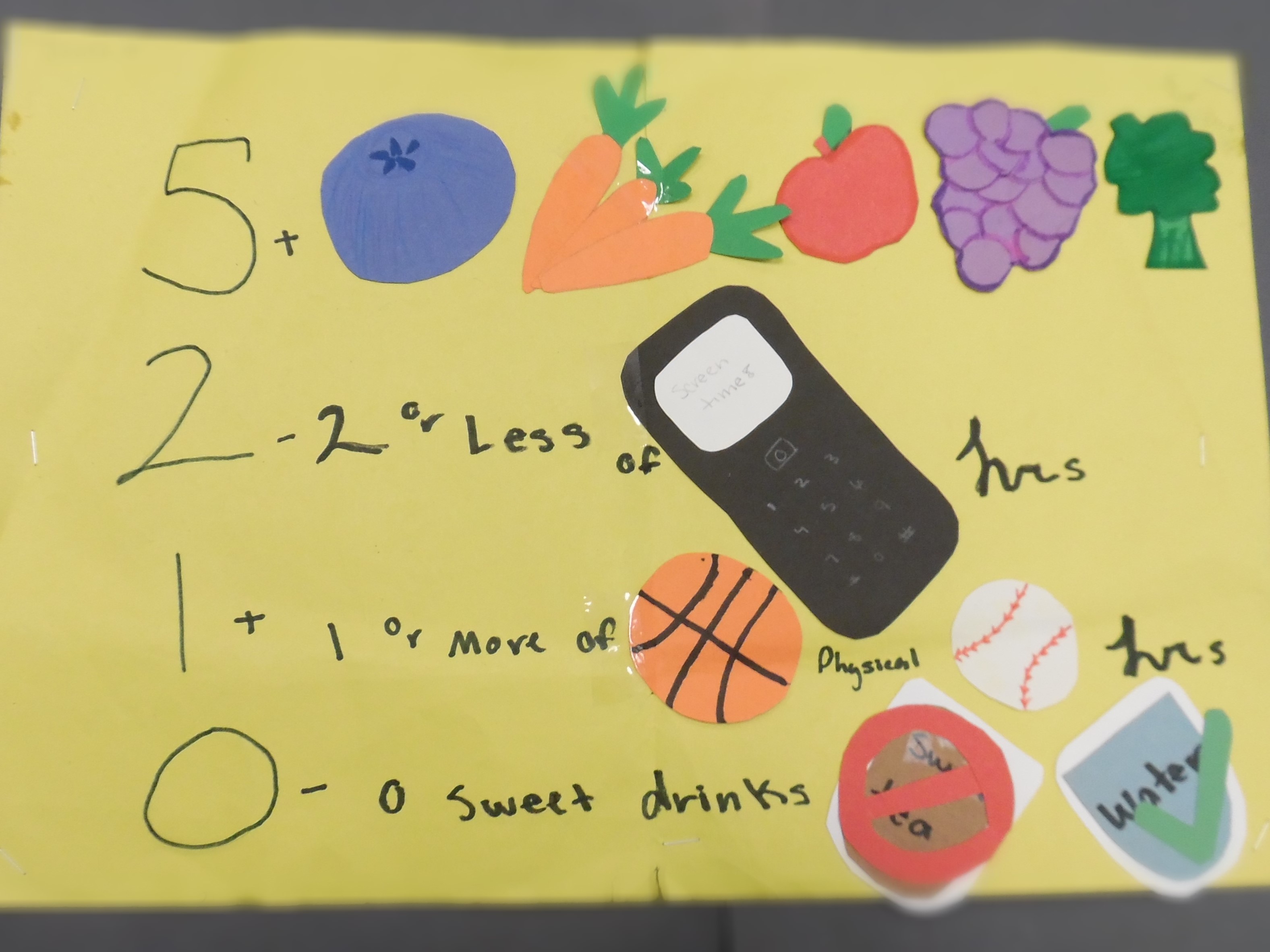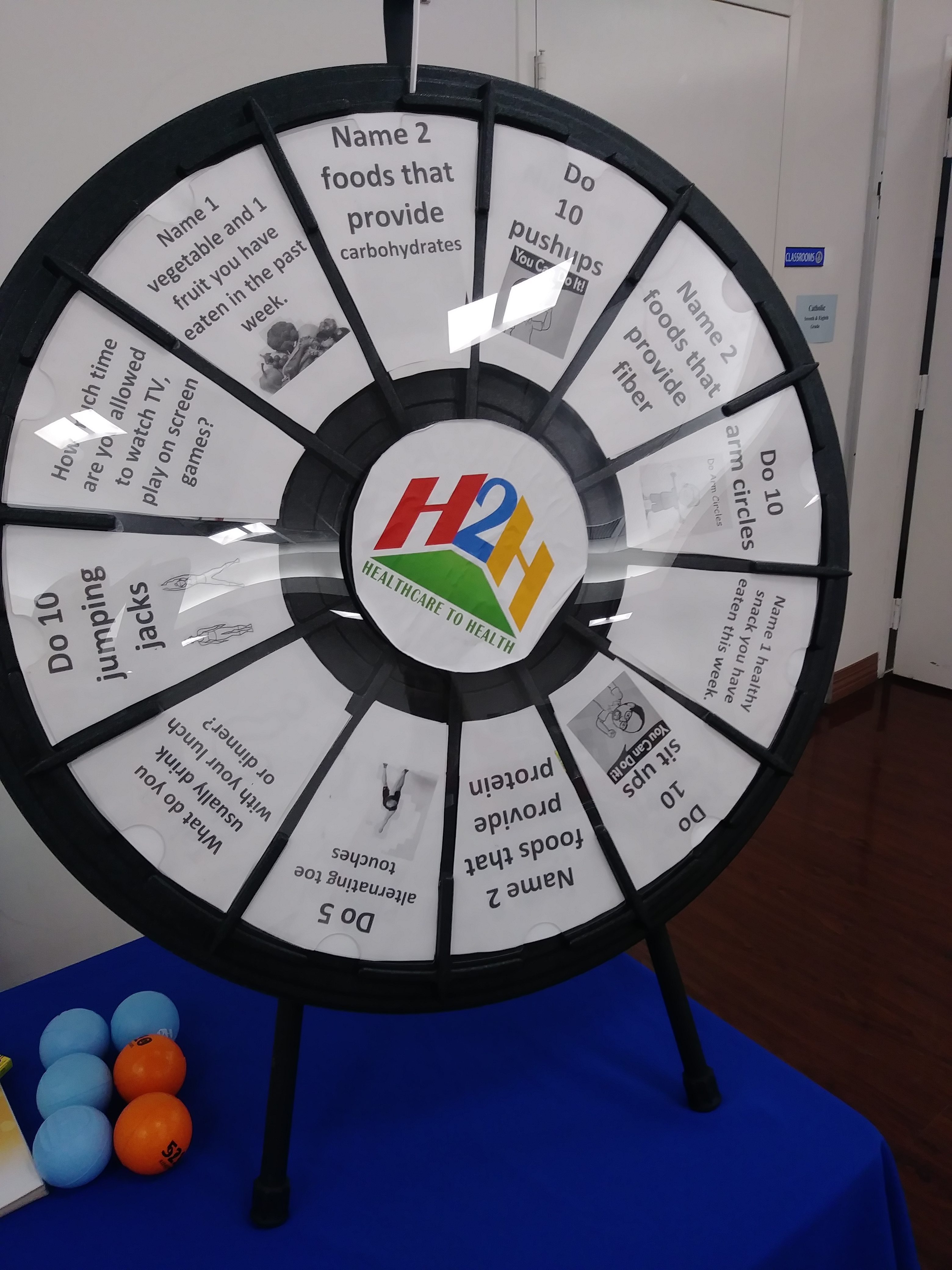With summer vacation around the corner, it is important to think about one thing kids love about summertime – sleeping in! Maintaining a consistent sleep routine in the summer can be difficult. After a whole school year of early alarms and rushing out the door, it is tempting to stay up late at night and wake up later in the morning. But, children need adequate sleep regardless of the time of year!
Even though it’s summer, when possible, children should go to sleep at approximately the same time and wake up at approximately the same time every day.
- Enforce a consistent sleep schedule that allows for a sufficient amount of sleep. This may mean your child has to go to bed when the sun is still up. If your child is having difficulty falling asleep in summer because there is sunlight so late into the evening, consider investing in blackout curtains or shades for his or her bedroom to create a restful space. For young children, remind them that bedtime is approaching even though it may still be light out.
- Create a restful sleeping environment. Make sure your child has a cool, quiet, dark, and comfortable sleep environment. Put away electronics at least 30 minutes before bedtime, and remove all electronics from the bedroom.
Lights can go out at different times for different children in the family depending on how much sleep they need.
- For adolescents and teens, the summer sleep schedule may be less regimented than for younger children. Allowing your teen to sleep in is okay but within reason. While this extra sleep can be beneficial, it may also result in a shifted or delayed schedule with teens going to bed later than usual and sleeping later than usual. This can be problematic when school starts and your teen has to go to bed early and rise early. Try to keep weekend wake-ups within an hour or so of their usual time.
- If your child is going to bed later but still getting up early in the morning, then your child may be getting less sleep. As during the school year, this can interfere with all aspects of a child’s functioning, including growth, development, mood, and performance.
When the summer is nearing its end, start to plan ahead for the return of those early morning alarms by adjusting your child’s wake-up time gradually. Two to three weeks before school starts, begin shifting your child’s sleep schedule by setting a bedtime and wake time that allows for enough sleep, and then move the bedtime and wake time 15 minutes earlier every few nights until the desired sleep schedule is reached.
References:
American Academy of Pediatrics (2017). Healthy sleep habits: How many hours does your child need? Retrieved from https://www.healthychildren.org/English/healthy-living/sleep/Pages/Healthy-Sleep-Habits-How-Many-Hours-Does-Your-Child-Need.aspx
Beebe, D. W. (2011). Cognitive, behavioral, and functional consequences of inadequate sleep in children and adolescents. Pediatric Clinics of North America, 58(3), 649–665.
Paruthi S., Brooks L. J., D’Ambrosio C., Hall, W. A., Kotagall, S., Lloyd, R. M. … Wise, M. S. (2016). Recommended amount of sleep for pediatric populations: A consensus statement of the American Academy of Sleep Medicine. Journal of Clinical Sleep Medicine, 12(6), 785-786.
Related 5210 Resources:
5210 and Healthy Sleep










